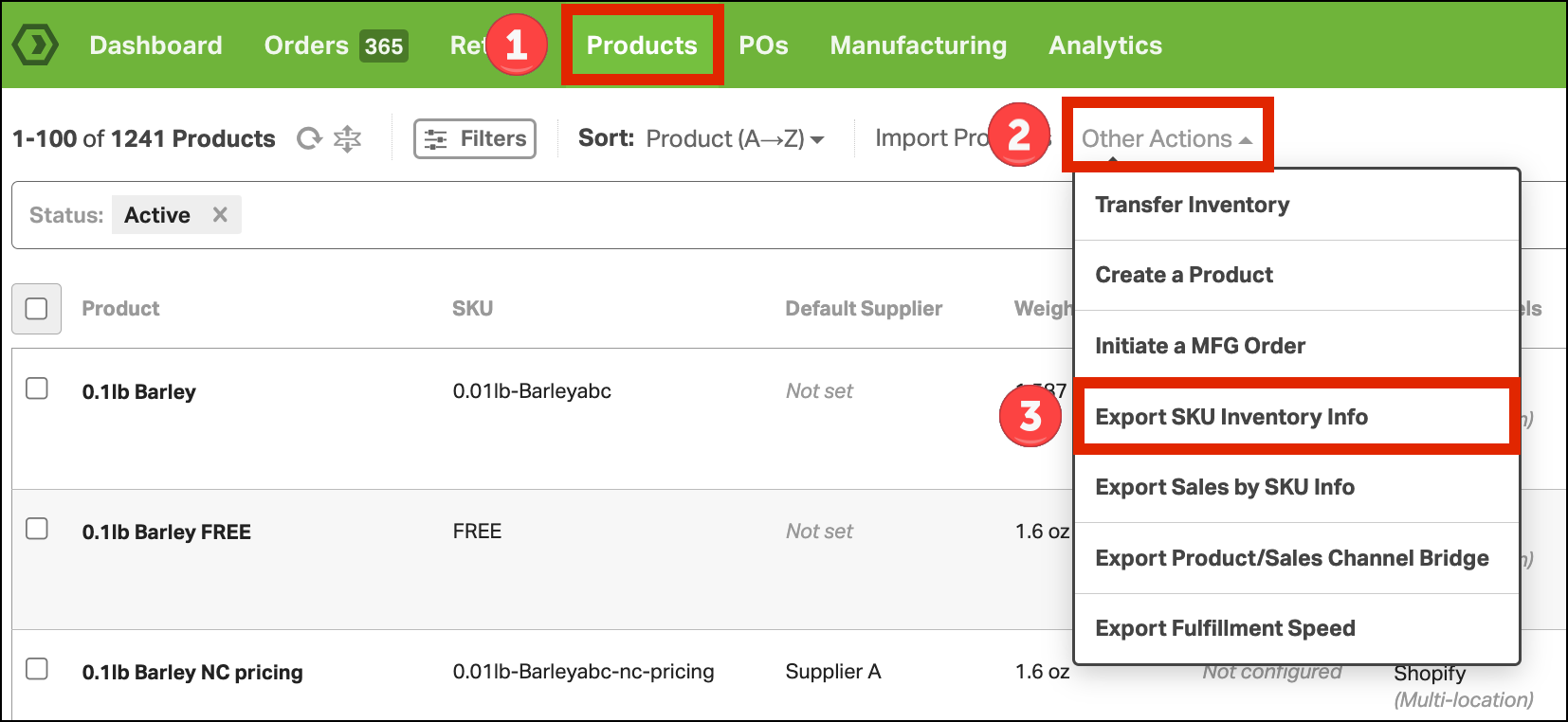
Ordoro: Complete Buyer's Guide
Operational efficiency platform for SMB ecommerce businesses
Ordoro positions itself as an operational efficiency platform for small-to-medium ecommerce businesses, focusing on inventory management, order fulfillment, and multichannel operations rather than AI-powered marketing automation.
Market Position & Maturity
Market Standing
Ordoro occupies a specialized niche within the multichannel selling market, focusing on operational efficiency for SMB ecommerce businesses rather than competing directly with AI-native platforms.
Company Maturity
Spa Store, New Zealand's largest online spa retailer, has relied on Ordoro since 2012 [58], indicating over a decade of operational stability and customer satisfaction.
Strategic Partnerships
Strategic partnerships include integrations with major ecommerce platforms and third-party AI providers like SyncHub [40].
Longevity Assessment
Longevity assessment suggests continued viability within its operational efficiency niche, particularly as organizations with unified IT/operations/marketing teams experience significantly shorter resolution times [25].
Proof of Capabilities
Customer Evidence
Taste of Texas achieved 75% fulfillment time reduction and 250% annual growth [58]. Kitsbow's transformation from 40 to 400 orders daily [44][58].
Quantified Outcomes
Taste of Texas achieved 75% fulfillment time reduction and 250% annual growth [58].
Case Study Analysis
Kitsbow's transformation from 40 to 400 orders daily [44][58].
Market Validation
Customer retention evidence includes Spa Store's 12+ year relationship since 2012 [58].
Competitive Wins
Ordoro's documented 75% fulfillment time reduction [58] demonstrates superior operational efficiency outcomes for businesses prioritizing logistics optimization over marketing automation.
Reference Customers
Reference customers include Taste of Texas (food service), Kitsbow (fashion), 19nine (fashion), Rafi Nova (3PL services), Spa Store (beauty/wellness), Mission Coffee (specialty beverages), and Brute Force Training (fitness equipment) [58][51][59].
AI Technology
Ordoro's technical foundation prioritizes operational data quality and system integration over native AI capabilities. Based on available documentation, the platform does not offer native AI features as core functionality [40][57].
Architecture
The architecture emphasizes unified inventory management across unlimited sales channels and warehouses [45][59], with real-time synchronization capabilities that maintain operational accuracy across complex multichannel environments.
Primary Competitors
Primary competitors include both operational platforms and AI-native solutions.
Competitive Advantages
Competitive advantages center on operational excellence and pricing transparency. Documented customer outcomes include 75% fulfillment time reduction at Taste of Texas [58] and scaling from 40 to 400 orders daily at Kitsbow [44][58].
Market Positioning
Ordoro's competitive positioning emphasizes operational efficiency and cost transparency over AI sophistication [49].
Win/Loss Scenarios
Win scenarios favor SMB operations prioritizing operational efficiency, cost transparency, and gradual scaling. Loss scenarios occur when organizations require native AI capabilities for personalization, predictive analytics, or automated marketing.
Key Features

Pros & Cons
Use Cases
Integrations
Pricing
Featured In Articles
Comprehensive analysis of Multichannel Selling for Ecommerce for Ecommerce businesses and online retailers. Expert evaluation of features, pricing, and implementation.
How We Researched This Guide
About This Guide: This comprehensive analysis is based on extensive competitive intelligence and real-world implementation data from leading AI vendors. StayModern updates this guide quarterly to reflect market developments and vendor performance changes.
59+ verified sources per analysis including official documentation, customer reviews, analyst reports, and industry publications.
- • Vendor documentation & whitepapers
- • Customer testimonials & case studies
- • Third-party analyst assessments
- • Industry benchmarking reports
Standardized assessment framework across 8 key dimensions for objective comparison.
- • Technology capabilities & architecture
- • Market position & customer evidence
- • Implementation experience & support
- • Pricing value & competitive position
Research is refreshed every 90 days to capture market changes and new vendor capabilities.
- • New product releases & features
- • Market positioning changes
- • Customer feedback integration
- • Competitive landscape shifts
Every claim is source-linked with direct citations to original materials for verification.
- • Clickable citation links
- • Original source attribution
- • Date stamps for currency
- • Quality score validation
Analysis follows systematic research protocols with consistent evaluation frameworks.
- • Standardized assessment criteria
- • Multi-source verification process
- • Consistent evaluation methodology
- • Quality assurance protocols
Buyer-focused analysis with transparent methodology and factual accuracy commitment.
- • Objective comparative analysis
- • Transparent research methodology
- • Factual accuracy commitment
- • Continuous quality improvement
Quality Commitment: If you find any inaccuracies in our analysis on this page, please contact us at research@staymodern.ai. We're committed to maintaining the highest standards of research integrity and will investigate and correct any issues promptly.